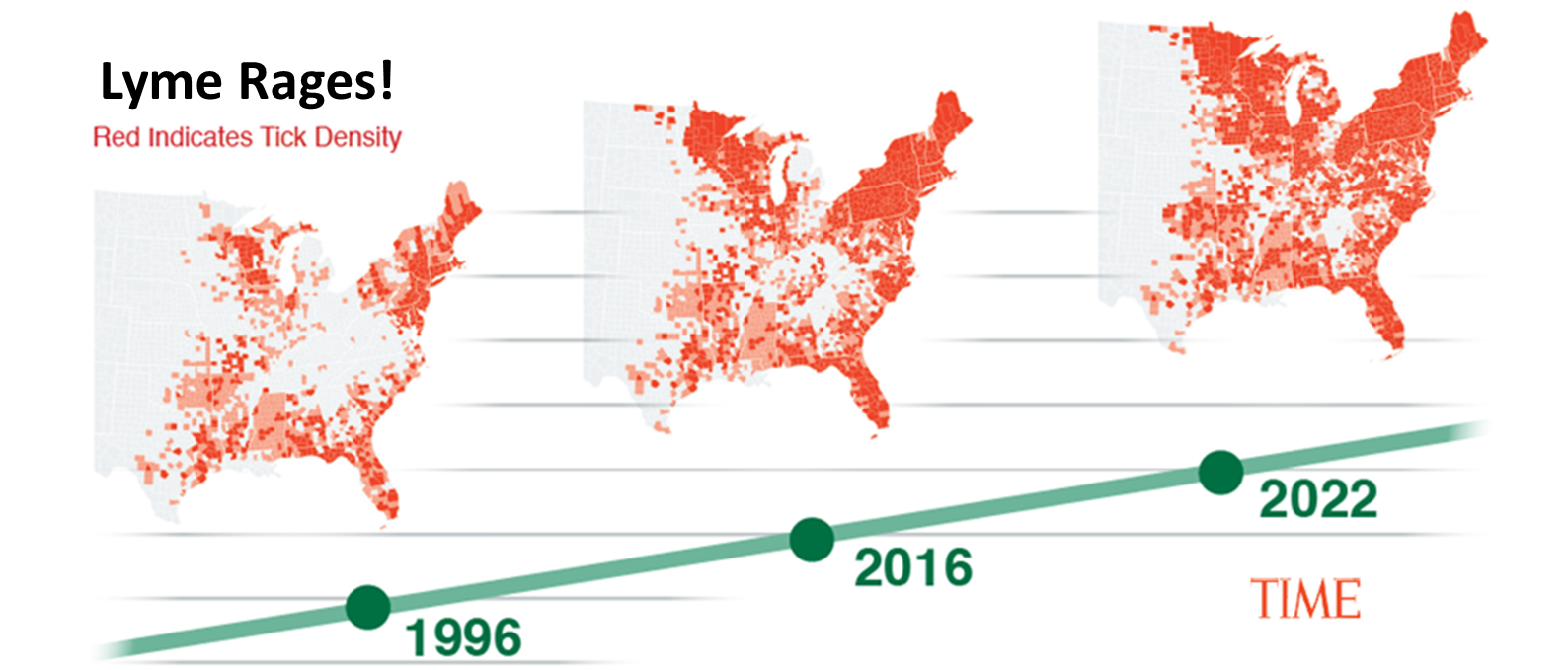CAPITAL MARKETS QUANTITATIVE ANALYSIS: Focus on Supported Forecasting

Financial markets are based upon quantitative analysis – even though there are many additional variables that ensure success. Quantitative analysis is the “language” of finance.
No one expects projections and forecasted returns to be the actual future returns. However, the detail and layout of a forecasting model informs the Capital Markets on how to think about and compare a capital opportunity.
The most effective forecasting models are built upon significant levels of support. The more support there is for the assumptions behind a forecasting model, the more the capital markets will “believe” the model and the better the capital markets outcomes for an opportunity.
There are many ways to support a forecasting model – below are 3 standard methods:
| Historical Financials | History may not repeat itself, but it is often a good indicator of future performance. Opportunities where there is significant historical data can use this data to support a forecasting model. |
| Track Record | A robust track record by either an organization or by key individuals can bring credibility to assumptions behind a forecasting model. This support can either be related to hard return numbers or be related to specific key assumptions. Greater granularity and direct relevance in the track record to the forecasting model helps increase the model’s believability and therefore capital markets success. |
| Pipeline | Both historical financials and track record are historical indicators of forecasting model support. The capital markets are forward-looking so the best method for supporting a forecasting model is by using forward-looking success indicators. One of the most important forward-looking success indicators is an active and realistic pipeline (read more about how to create a pipeline: How to Create a Pipeline). Use the pipeline for detailed and concrete support of forecasting model assumption. This technique helps to solidify capital markets success. |



